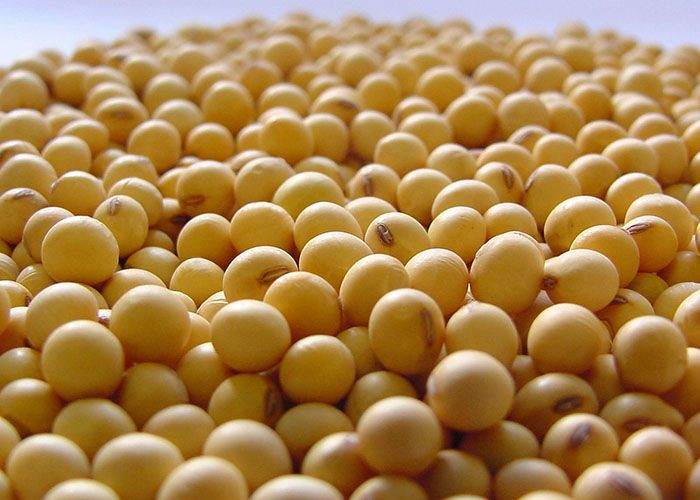Brazil will embrace 37% of soybean production in the world in the 2021-2022 cycle, while the United States‘ quota would be 31%, the Department of Agriculture (USDA) projected.
World soybean production is concentrated in the United States, Brazil, Argentina and China.
The USDA has estimated that, by crop year 2021-22, the United States will produce approximately 121 million tons of soybeans or approximately 31% of the estimated world production, with Brazil producing 144 million tons.
Likewise, Argentina is projected to produce around 51 million tons.
For crop year 2021-22, according to the USDA report of October 12, 2021, global consumption of 377 million tonnes is estimated to be slightly lower than global production of 385 million.
If the global demand for soy exceeds the global supply, this can have a positive impact on the price of soy.
Soybean production
The USDA publishes weekly, monthly, quarterly and annual updates for soybean production, as well as for the consumption of that product worldwide.
According to the Teucrium Commodity Trust, the soy processing industry converts soybeans into soybean meal, soybean hulls, and soybean oil.
On the one hand, soybean meal and soybean hulls are processed into soybean meal or soy protein, which are used, along with other products, by livestock producers and the fish industry as food.
On the other hand, soybean oil is sold in various grades and is used in the food, oil and chemical industries.
The food industry uses soybean oil in cooking and salad dressings, baking and frying fats, and butter substitutes, among other uses.
Additionally, the soy industry continues to introduce soy-based products as substitutes for various petroleum-based products, including lubricants, plastics, inks, crayons, and candles.
Also soybean oil is also converted into biodiesel for use as fuel.
Standard soybean futures contracts are traded on the CBOT in units of 5,000 bushels.
Three grades of soybeans can be delivered under CBOT’s Soybean Futures Contracts: Yellow Number 1, which can be delivered at 6 cents per bushel above the contract price; Yellow number 2, which can be delivered at the contract price; and the yellow number 3, which can be delivered at 6 cents per bushel under the contract price.
![]()

